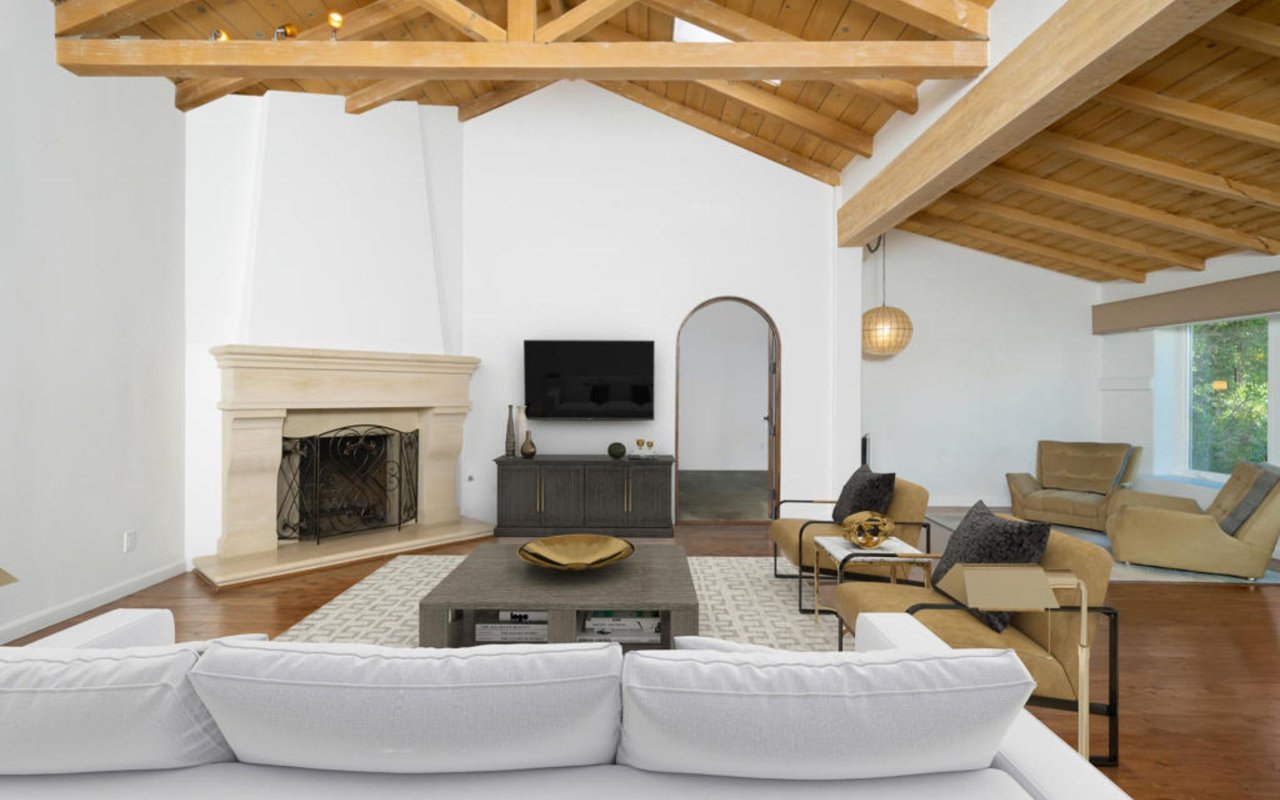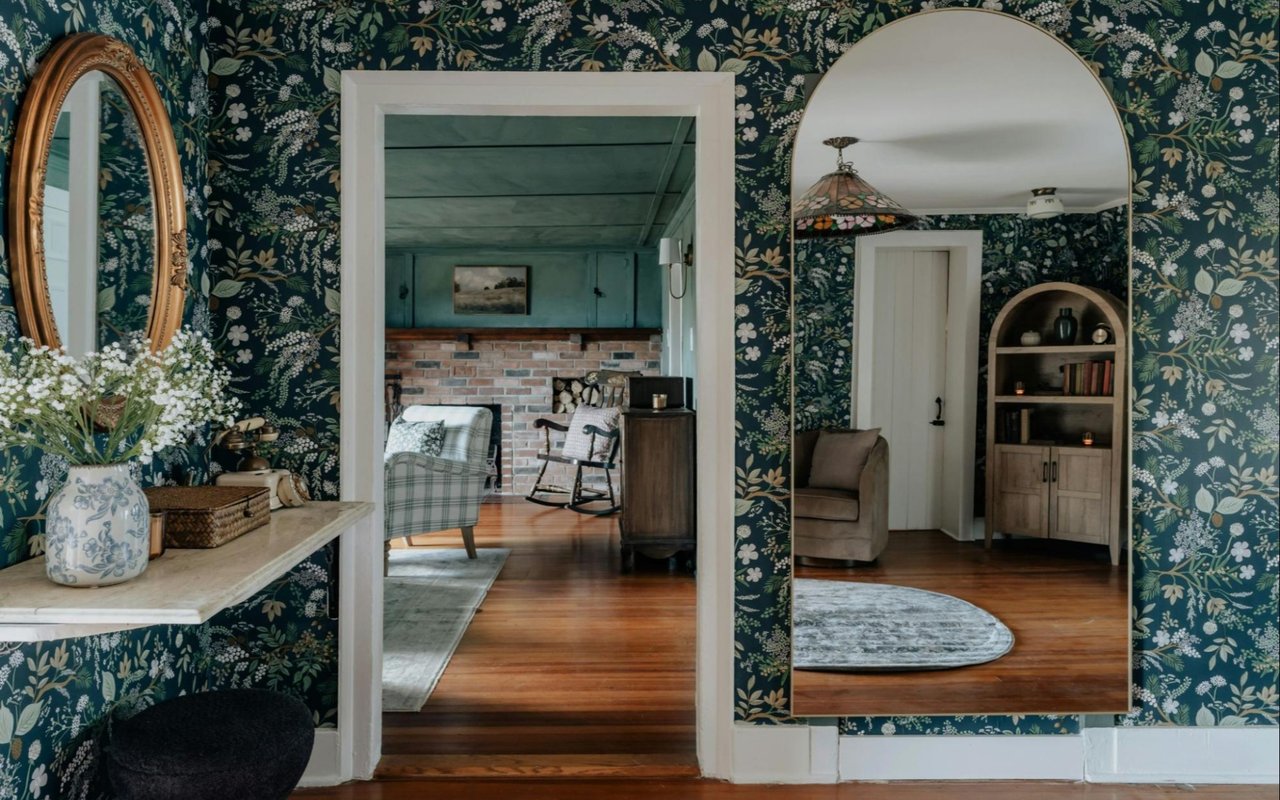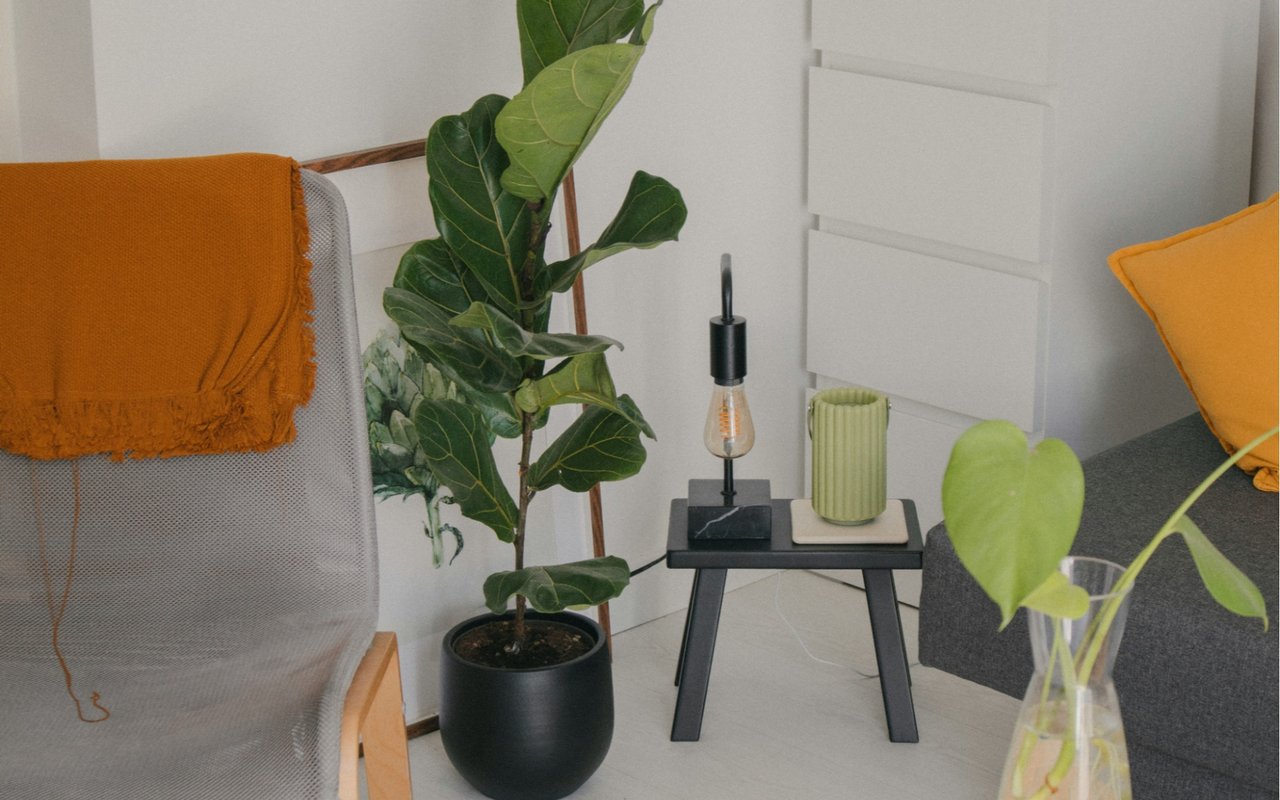Attending an open house can be an exciting and informative experience for prospective buyers. While many focus on the more obvious features, such as the layout, decor, and overall condition of the property, there are several less apparent factors that can significantly impact the decision-making process. Understanding these subtleties can provide deeper insights into a home's potential, ultimately helping buyers make more informed choices. This article explores what you might not know to look for at an open house, offering essential open house tips for buyers.
Inspect the Details
Beyond the initial impressions of a home's aesthetics, it is crucial to scrutinize the finer details that might not be immediately visible. For instance, pay attention to the condition of the hardware, such as door handles, cabinet knobs, and faucet fixtures. These elements can indicate the level of maintenance the home has received. Worn or outdated hardware might suggest that the property has not been updated recently, which could necessitate additional renovation work.
Check for signs of wear and tear on the walls and floors. Look for any cracks in the walls, peeling paint, or uneven flooring. Inspecting the corners of the rooms and around windows can reveal whether there are any signs of mold or mildew, which could indicate moisture problems.
Evaluate the Home's Systems
An open house is an excellent opportunity to evaluate the functioning of essential home systems. For example, inquire about the age and condition of the heating, ventilation, and air conditioning (HVAC) system. A well-maintained HVAC system is crucial for comfort and energy efficiency. Ask the seller or real estate agent for service records or any recent upgrades made to the system.
Check the state of the plumbing and electrical systems. Look under sinks for any leaks or signs of water damage. Verify that the outlets and light switches are functioning correctly in terms of electrical systems. Ensure sufficient outlets are in each room, as a lack of outlets can be a major inconvenience.
Consider the Neighborhood
While the focus at an open house is often on the property itself, the surrounding neighborhood plays a significant role in the overall living experience. Take the time to explore the area beyond the house. Assess the proximity to essential services such as grocery stores, schools, and public transportation. A well-connected neighborhood can enhance daily convenience and overall quality of life.
Assess Natural Light and Ventilation
Natural light and proper ventilation are often overlooked factors that can significantly affect the ambiance and comfort of a home. Observe how natural light enters the rooms. Homes with ample natural light generally feel more inviting and can help reduce energy costs by minimizing the need for artificial lighting during the day. Evaluate the ventilation in different areas of the home, particularly in rooms like the kitchen and bathrooms. Proper ventilation is essential for maintaining indoor air quality and preventing issues like mold growth.
Review Storage and Layout Efficiency
Storage space and layout efficiency are practical considerations that can impact day-to-day living. Assess the closet space and storage options available throughout the home. Adequate storage is crucial for keeping a home organized and clutter-free. Look for built-in shelving, cabinets, and pantry space to ensure that they meet your needs.
Examine the overall layout of the home. Consider how the flow between rooms and the placement of common areas align with your lifestyle. An efficient layout can enhance functionality and make daily routines more convenient. Take note of any awkward spaces or potential improvements that could optimize the use of the home’s square footage.
Look for Signs of Recent Renovations
Recent renovations can significantly enhance a property’s value and appeal, but it is essential to assess the quality of these updates. Look for signs that renovations have been professionally done, such as consistent and high-quality finishes, properly installed fixtures, and well-executed repairs.
Be cautious of any visible shortcuts or shoddy workmanship that might suggest a rushed or incomplete renovation. For instance, mismatched flooring or poorly painted walls could indicate that the renovations were not done to a high standard. If possible, request documentation of any recent renovations, including permits and contractor information.
Understand the Home’s History
Understanding a home’s history can provide context for its current condition and value. Inquire about the property’s age, previous owners, and any significant events that might have affected its condition. Historical issues such as previous water damage or pest infestations can impact the home's value and your decision.
Ask about any improvements or repairs made over the years. A well-documented history of maintenance and upgrades can be a positive sign that the home has been cared for and is in good condition. A lack of maintenance history might be a red flag indicating potential issues that need addressing.
Take the Next Step in Your Home Search
Attending an open house is a critical step in the home-buying process, but it is essential to look beyond the surface to make a well-informed decision. By focusing on details such as hardware condition, home systems, neighborhood characteristics, natural light, storage, recent renovations, and the property’s history, buyers can gain a comprehensive understanding of what the home truly offers.
Whether you’re looking for insights on hidden features, neighborhood dynamics, or recent renovations, contact the Bernal-Smith Group today to start your journey toward finding your dream home.
*Header photo courtesy of the Bernal-Smith Group




